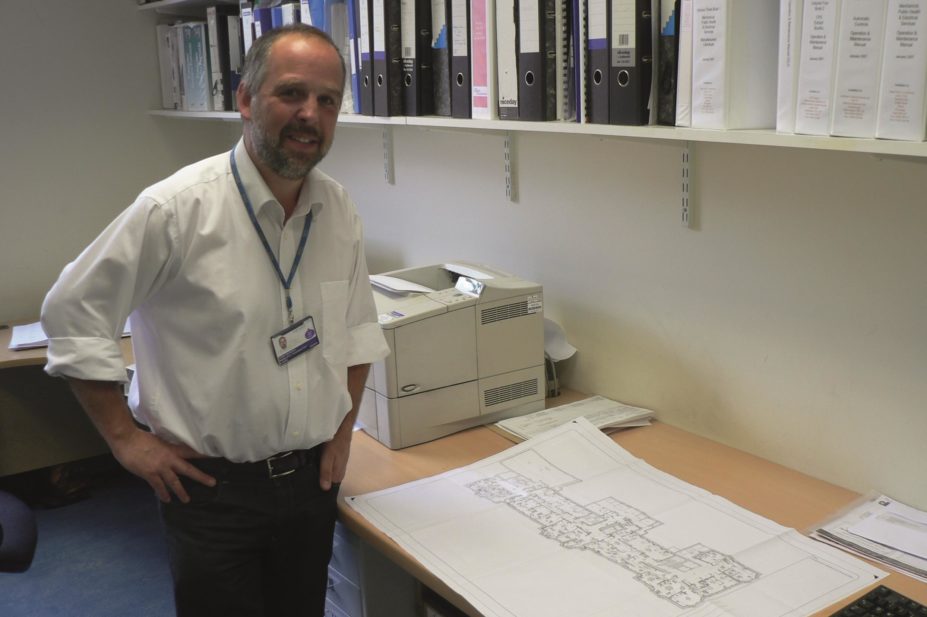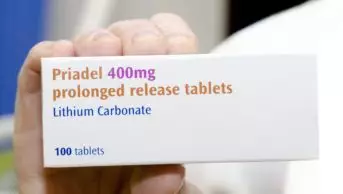
Colin Marshall — associate professor of pharmacy, Curtin University
Pharmacy production manager Tony Murphy has been in his role at University College London Hospitals (UCLH) for almost 30 years. In that time, he has recruited many of the staff and designed the new aseptic production unit.
What professional route did you take to reach your current role?
I joined UCLH in 1978 as a basic grade pharmacist and, within a year, found myself helping to run the non-sterile manufacturing unit. Under the direction of the deputy chief pharmacist, I learnt the art of tablet manufacture and then went on to develop new tablet formulations.
Developing an ointment for treating cutaneous leishmaniasis, a skin infection caused by a single-celled parasite, brought me into collaboration with the London School of Hygiene & Tropical Medicine and the World Health Organization, and required frequent visits to the Patent Office. The formulation was used for a clinical trial in Brazil. It was great to be part of a collaborative project and I learnt a lot about formulation research.
I left UCLH in 1983 to gain experience in aseptic dispensing at the Royal Marsden Hospital, and it was here that I developed interests in parenteral nutrition and teaching. I returned to UCLH in 1985 and became the production unit manager a year later.
Which aspects of your work do you find most enjoyable and fulfilling?
My motto is ‘making sure medicines are prepared safely, correctly and on time’. Talking to staff, attending governance and senior managers meetings, reviewing incidents, monitoring workloads, troubleshooting facility and building issues, and approving new documents and drug introductions are all part of a typical day.
I lead a lovely team of pharmacists and technicians, many of whom I have recruited, and this is the achievement of which I am most proud. There is a serious side to running a manufacturing facility, but it has to be fun as well.
On one occasion, I worked for 24 straight hours to complete a detailed pencil drawing of the new pharmacy aseptic units. The drawing was covered in annotations — “this is the height of the bench”, “this is where the network points go”, “these are the dimensions of a hatch, a window, a door”, “this is the name of the manufacturer for the ceiling filters”, “this is the colour of the floor”, etc. The architects stayed faithful to my drawings and the aseptic units, located in the new cancer centre, were finally commissioned in May 2012. It is not often that you get the chance to design a new facility, and the effort and detail you put into the design brief and workflow is critical. Staff at UCLH will still be working in the unit for 15 years after I have retired, so I am proud to see it working well.
I particularly love teaching. I regularly give talks on the MSc nutrition courses at UCL and University of Roehampton, and teach on the MPharm hospital production and quality assurance course option at the UCL school of pharmacy.
Building quality into the manufacture and dispensing of medicines is vital. Some of the systems that need to be in place to ensure that medicines are manufactured to the required quality include appropriate training procedures, documentation reviews, audits, incident reviews and environmental monitoring. Collectively, these systems are known as the Quality Management System (QMS), and making sure the QMS works properly is a major part of my role as production manager.
What are the most challenging parts of your current role?
Workloads have steadily increased and we expect to be dispensing 50,000 chemotherapy doses per year by Christmas. UCL is a world class research institution and we have at least 80 trials live at any one time in the aseptic units.
Engaging staff at all levels in the QMS is a challenge facing both commercial and NHS aseptic units. From my experience this is best achieved by creating lead staff in areas such as training and quality system management, and by making the inputs into the QMS accessible and easy to use. At UCLH, we are developing a technical services rotation for pharmacists working at NHS Agenda for Change pay band 7 through production and quality assurance, with an extension into clinical governance.
Aseptic dispensing and manufacture still require a lot of paper so the introduction of paperless systems will be a challenge over the next five years.
What advice would you give someone hoping to pursue a career in aseptics?
You need experience in general hospital pharmacy — the more, the better. Although it may not seem like your career is progressing when you spend hours in the dispensary, on call or treading the wards, you are building up valuable experience in managing your time, people and services. Take opportunities for project work, practice research and teaching. Your next move will be important and it should be in the direction of a well-established aseptic service, either in the hospital or commercial sector. You can discern a good service by the maturity of the quality system and the attitude of the people who work there.
You may also be interested in

Competition watchdog launches investigation into discontinuation of bipolar drug

Warwick Smith: ‘The pandemic has removed factors that allowed us to be resilient for Brexit’
